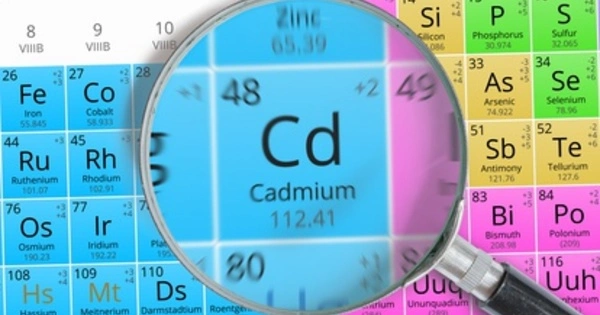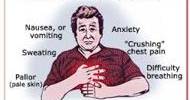Cadmium poisoning occurs when a person is exposed to excessive concentrations of cadmium, a poisonous heavy metal. Cadmium occurs naturally in the Earth’s crust, but human activities such as industrial processes, mining, and the use of certain fertilizers and pesticides can contribute to elevated cadmium levels in the environment.
Cadmium is a naturally occurring hazardous element that is commonly ingested through industrial environments, plant soils, and smoking. Overexposure may develop even in conditions where trace amounts of cadmium are discovered due to its low allowed exposure in humans. Cadmium is often used in electroplating, albeit the nature of the technique normally does not result in overexposure.
Symptoms
The symptoms of cadmium poisoning might vary based on the level and length of exposure. Acute cadmium exposure can cause nausea, vomiting, stomach pain, diarrhea, and, in severe cases, respiratory distress and death. Chronic exposure to low amounts of cadmium over time may result in long-term health concerns such as kidney damage, lung damage (pulmonary fibrosis), and an increased risk of some malignancies, including lung cancer.
Occupational contexts, such as metal processing, battery manufacture, and certain types of welding, pose a higher risk of cadmium exposure. Workers in these occupations should follow safety requirements and take protective measures to reduce their risk of exposure.
Prevention
To avoid cadmium poisoning, reduce environmental pollution and limit exposure. This can be accomplished by properly disposing of industrial waste, using personal protective equipment in high-risk employment, and monitoring cadmium levels in food and water supplies. Individuals can also minimize their risk by not smoking, as tobacco smoke is a major source of cadmium exposure.
Cadmium exposure can occur through a variety of methods, including inhalation of cadmium-containing dust or fumes, consumption of contaminated food or water, and skin absorption. Cadmium tends to concentrate in the kidneys and liver once inside the body.
Cadmium is also contained in several industrial paints and may be a hazard when sprayed. Scraping or blasting operations involving the removal of cadmium paints may represent a substantial risk. Cadmium is most commonly used in the production of NiCd rechargeable batteries. Cadmium is mostly obtained as a byproduct of zinc metal processing. Cadmium exposure is addressed via specialized guidelines for the general industry, shipyard work, the building industry, and the agricultural business.
















